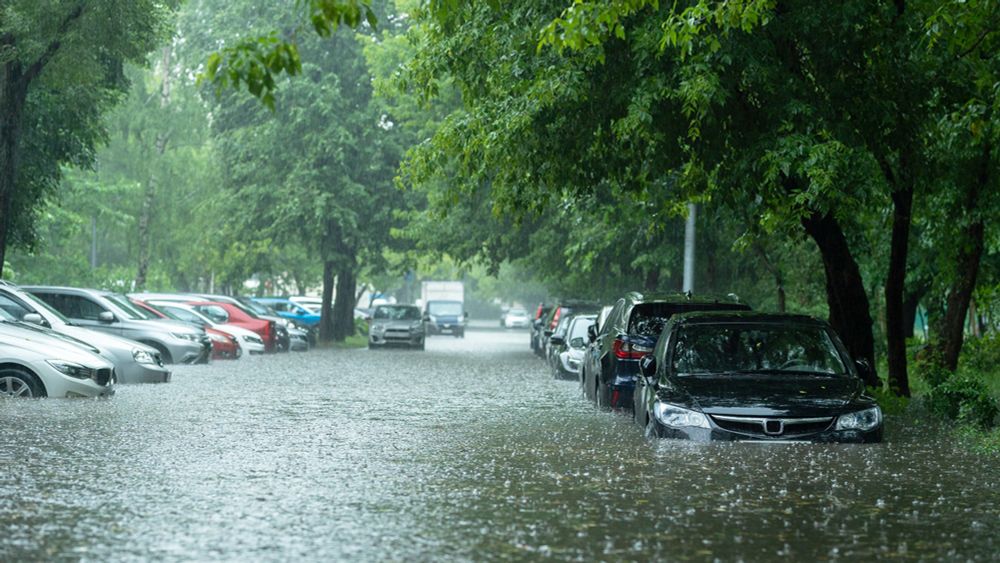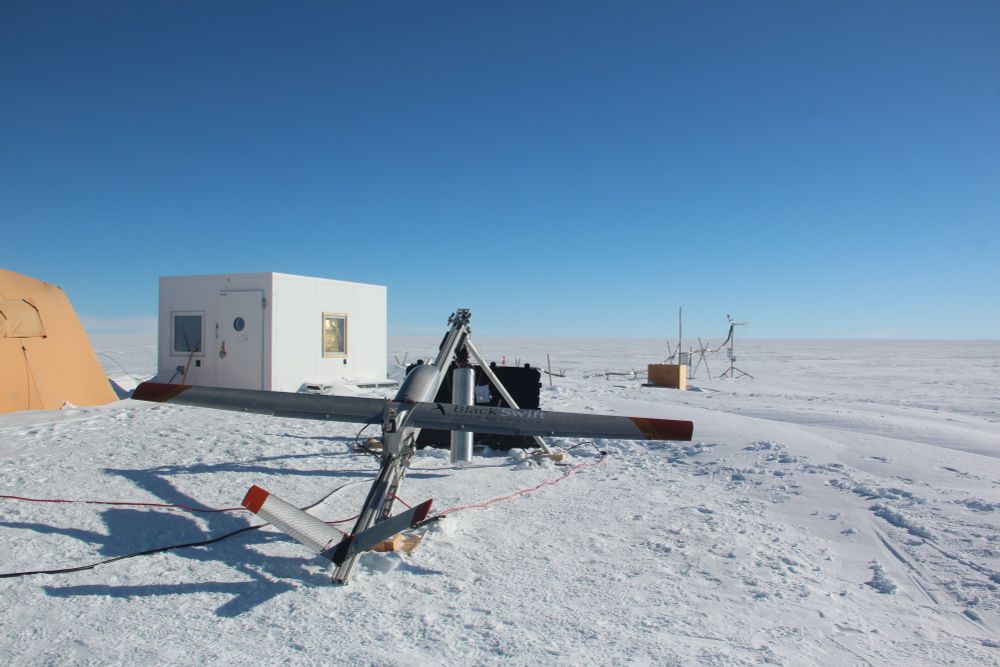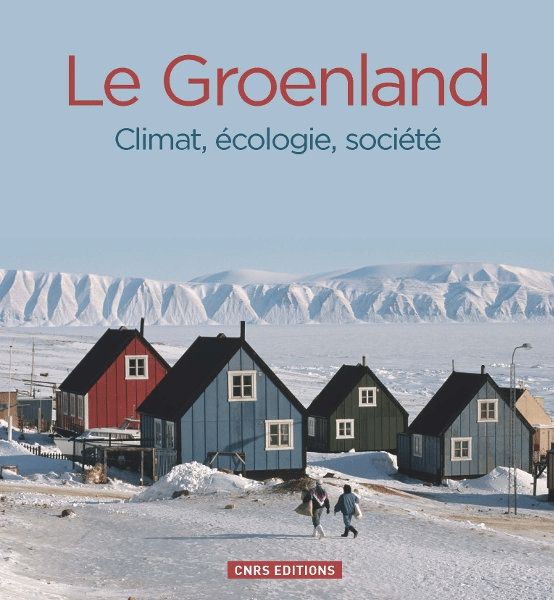Greenland
Real-time state of the 2024-2025 Greenland ice sheet surface mass balance as simulated by the regional climate model MARv3.14 Surface Mass Balance (SMB) = snowfall + rainfall - meltwater runoff - sublimation/evaporation Fig 0: Time series of the anomaly of cumulated Greenland ice sheet (GrIS) Surface Mass Balance (SMB) in GT simulated by the regional climate model MAR (version 3.14, run at a resolution of 10km) forced by the ERA5 reanalysis (till today's date - 7 days) and by the Global Forecast System (GFS) model (today's date - 7 days to the today's date +7 days in forecast mode). The gray shading area represents the 1981-2010 standard deviation around the 1981-2010 average. This plot can be put in parallel with the current state of the Arctic sea ice extent. Negative anomaly means a sea level rise contribution. Finally, the equivalent of this figure but for the other Arctic ice caps is available here. Fig 1: a) Time series of the cumulated Greenland ice sheet (GrIS) Surface Mass Balance (SMB) in GT simulated by the regional climate model MAR (version 3.14.0 run at a resolution of 10km) forced by the ERA5 reanalysis and by the Global Forecast System (GFS) model (today's date - 5 days to the today's date +7 days in forecast mode) since 1 Sep 2011 (in green), and 1 Sep 2019 (in red). The 1981-2010 mean simulated by MARv3.14 forced by ERA5 is also plotted in black. The 0-24h forecast of each day from the GFS run of 00hTU has been used to build the time series from the end of ERA5 to now. Finally, the gray shading area represents the standard deviation around the 1981-2010 average (in black). b) Same as a) but for the daily SMB in GT/day. The absolute maximum/minimum SMB rate of each day is plotted in blue. c) Daily mean GrIS near-surface temperature (TAS) simulated by MAR. The absolute maximum temperature of each day is plotted in blue. d) Time series of the North Atlantic Oscillation (NAO) index from NOAA e) Time series of the Greenland ice sheet Blocking Index (GBI) from NOAA. Fig 2a: Left) Cumulated SMB (in mm) from the 1 Sep 2022 to the today's date as simulated by MARv3.14 forced by ERA5/GFS. Right) Same as Left) but in respect to the 1981-2010 ERA5 forced average from the 1 Sep to the today's date. The anomalies lower than the 1981-2010 interannual variability are hatched. Fig 2b: Same as Fig 2a but for snowfall. Fig 2c: Same as Fig 2a but for run-off. Fig 3: Time series of a) the daily mean GrIS Run-off (in GT/day), b) production of meltwater (in GT/day), c) daily mean GrIS incomming long/shortwave radiation (in W/m²)), d) bare ice extent (i.e. area where the surface density is > 900 kg/m^3 in % of the ice sheet surface) and e) daily mean GrIS surface albedo simulated by MARv3.14 forced by ERA5/GFS (1981-2025). Fig 4: Left) Number of melt days ( (i.e. when the daily meltwater production > 5 mmWE/day) from the 1 May 2025 to the today's date. Right) Same as Left) but in respect to the 1981-2010 average from 1 May to 31 Aug. Fig 5a: Left) Melt extent as simulated by MARv3.14 forced by ERA5 and forecasted forced by GFS. Daily meltwater production > 5 mmWE/day (resp. > 1mm/day in dash) is used here as melt threshold in MARv3.14. This melt threshold has been chosen independently of the NSIDC data (see Fig 5b) and the ice mask used here includes both the small perifical ice caps and the main ice sheet, explaining why both estimations do not generally compare. Right) Same as left but for the bare ice extent i.e. the area where the surface density > 900kg/m3. Fig 5b: Melt extent as derived from satellite data (Credit: NSIDC/Thomas Mote). The melt extent shown on this figure can not be directly compared with the melt extent from MAR (Fig 5a) using a different ice sheet mask and a melt threshold. Fig 6: Greenland bloking index (GBI) from NCEP-NCARv1 in red and from the Global Forecast System (GFS) based forcasting in dashed red. According to Hanna et al. (2013), the GBI is defined as the 500hPa geopotential height (Z500) area averaged over 60-80°N, 280-340°E. Fig 7: Idem as Fig. 6 but for 700hPa temperature (T700) averaged over 60-80°N, 280-340°E. Fig 8: Left) Anomaly of surface albedo in respect to the 1981-2010 average over the same day (today's date). Righ) Anomaly of the JJA mean surface albedo in respect to the 1981-2010 average from 1 April to the today's date. Fig 9: Same as Fig. 8 but for the near-surface temperature (~2m) as simulated by MARv3.14 forced by ERA5/GFS. Fig 10: Same as Fig. 9 but for the incoming shortwave radiation (in W/m²) as simulated by MARv3.14 forced by ERA5/GFS. Interesting links: 1. Greenland Ice sheet Today: melt extent (NSIDC) 2. Greenland Ice sheet Polar Portal (DMI,DTU,GEUS) 3. Total Greenland ice sheet mass balance derived from the satellite GRACE data (NASA) 3. MARv3.14 outputs forced by ERA5 including the realtime 2024-2025 estimate are available on http://phypc15.geo.ulg.ac.be/fettweis/MARv3.14/Greenland/ERA5-10km-daily/ 4. Reference of these MAR simulations: Tedesco, M. and Fettweis, X.: Unprecedented atmospheric conditions (1948–2019) drive the 2019 exceptional melting season over the Greenland ice sheet, The Cryosphere, 14, 1209–1223, https://doi.org/10.5194/tc-14-1209-2020, 2020. Contact: Xavier Fettweis These forecasts are only provided for information in the aim of following the 2024-2025 melting season over Greenland in real time; ULiège can not be held responsible for any use beyond this scope. Total ice sheet mass balance (TMB) = SMB - icebergs discharge ~ 400 - 400 = 0 GT/yr Source of this figure: Nowicki, S. M. J., Payne, A., Larour, E., Seroussi, H., Goelzer, H., Lipscomb, W., Gregory, J., Abe-Ouchi, A., and Shepherd, A.: Ice Sheet Model Intercomparison Project (ISMIP6) contribution to CMIP6, Geosci. Model Dev., 9, 4521–4545, https://doi.org/10.5194/gmd-9-4521-2016, 2016.















